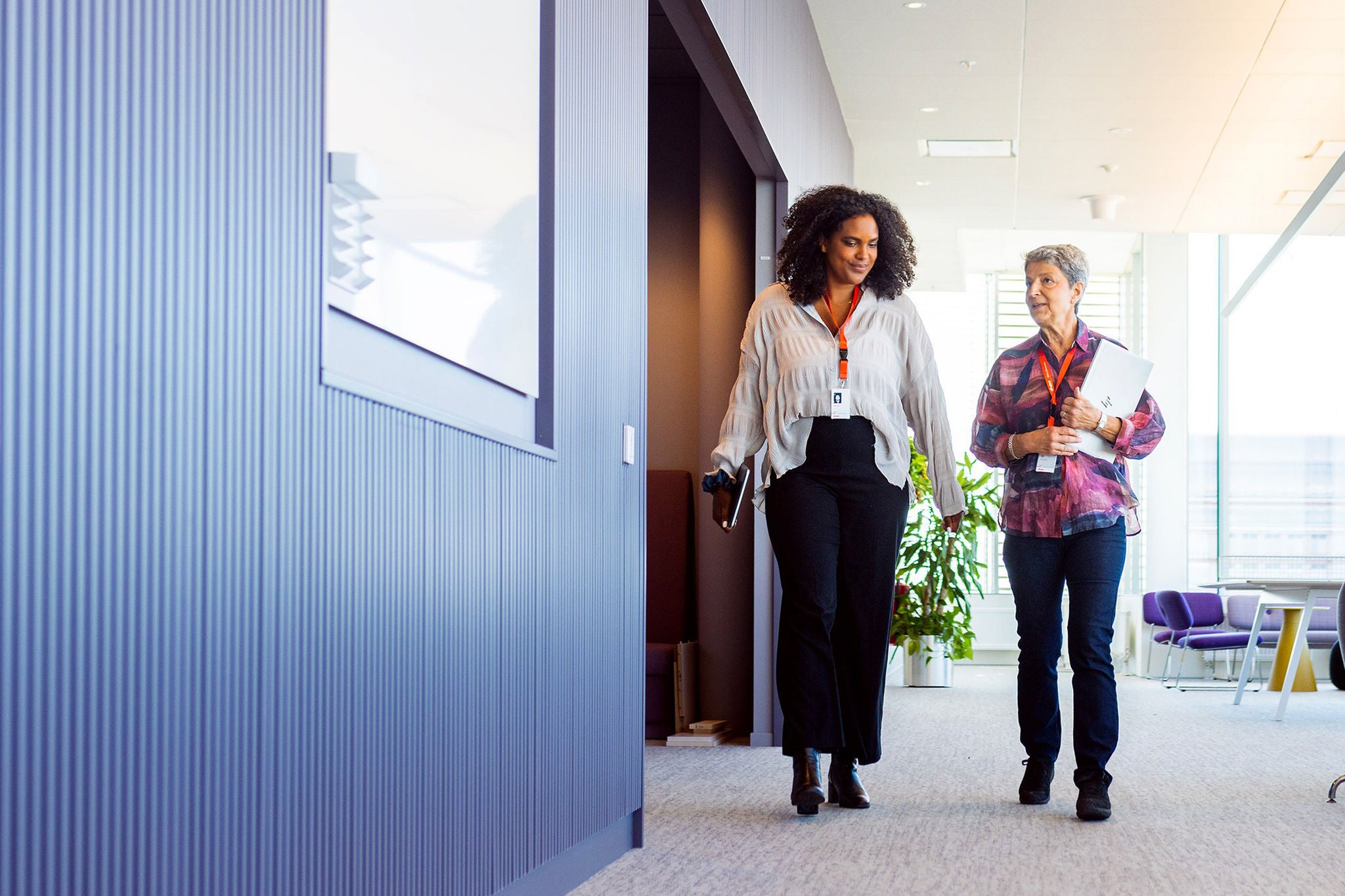E.ON is an European energy utility company based in Essen, Germany, renowned for its presence in energy networks, infrastructure and customer solutions. Catering to around 48 million customers, E.ON is deeply passionate about driving sustainability through its projects and energy networks. E.ON’s head office at Malmö is aiming for a WELL certification, underscoring its commitment to sustainability and wellbeing.
The energy company's headquarters in the Nordics was initially situated in Malmö, consisting of three office buildings that they owned within the city — including a main building constructed especially for them, in the 1960s. The status and structures of the previous buildings made it difficult to provide a modern and flexible working environment. Research also revealed that their current space utilization was around 40%. While E.ON realized that these buildings required urgent renovation, a renovation on the scale needed was impractical from a financial standpoint.
As a result, they contemplated the consolidation of all three sites and the expansion of the existing main building. This approach would help them eliminate the geographical fragmentation that existed due to the three different locations, which hindered smooth interactions and necessitated travel for meetings. However, after careful deliberation, E.ON decided to make a strategic change to their plan — to forego the expansion of their current infrastructure and explore new possibilities, such as leasing a new space.
They reviewed multiple options before choosing a space close to Malmö central train station, an emerging area undergoing significant municipal development. Being located in the central business district, close to public transportation, would enable employees and clients to optimize their commutes and travel using sustainable means. The space resonated with E.ON's emphasis on sustainability and fit seamlessly with its commitment to reducing environmental impact.
By 2018, E.ON secured the lease agreement for the new space. But a bigger question remained: How will they activate and set up this new workplace sustainably and in line with what their people need today and in the future?










